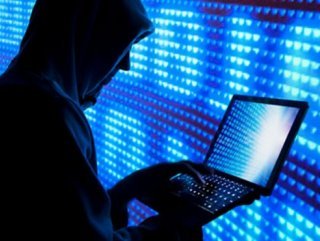The attacks, which include efforts to hack into banks, utilities and oil and gas companies, began in 2017, according to researchers at the cybersecurity company McAfee, a time when tensions between North Korea and the US were flaring. But even though both sides have toned down their fiery threats and begun nuclear disarmament talks, the attacks persist.
CYBER ATTACK
The revelation of North Korea’s most recent hacking activity adds new details to the tensions surrounding the summit meeting last week, which ended abruptly without any deals. After their first meeting, 15 months earlier, North Korea had agreed to stop test-firing its missiles.
“For 15 months, they haven’t tested weapons because of this negotiation but over those same 15 months they have not stopped their cyber activity,” said Victor Cha, the Korea chairman at the Center for Strategic and International Studies in Washington.

With the help of an unnamed foreign law enforcement agency, the McAfee researchers gained access to one of the main computer servers used by the North Korean hackers to stage their attacks.
THE EXACT MOTIVE OF THE ATTACKS WAS NOT CLEAR
McAfee, which is based in Santa Clara, Calif., would not name the targets of the attacks and said it would make its finding public Sunday. But the firm did provide a map of North Korean hackers’ targets.
They were well-researched and highly focused and, in many cases, aimed at engineers and executives who had broad access to their companies’ computer networks and intellectual property.













